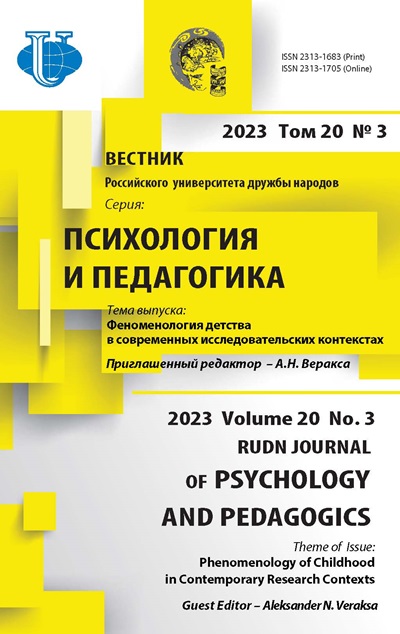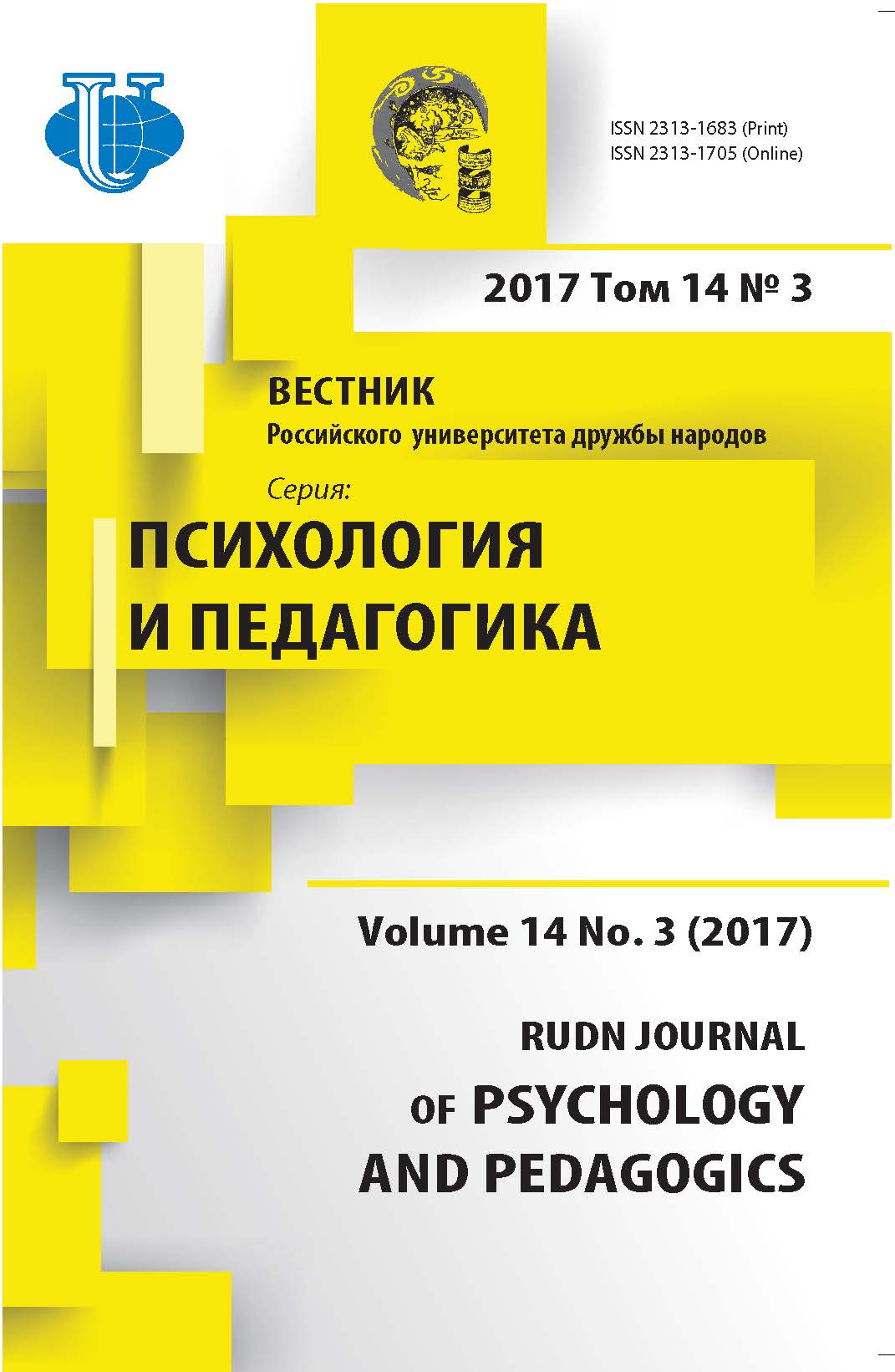КУЛЬТУРНО-ЭКОЛОГИЧЕСКАЯ ТЕОРИЯ И ЯЗЫКОВОЕ ОБРАЗОВАНИЕ ЦЫГАНСКИХ ДЕТЕЙ
- Авторы: Кючуков Х1
-
Учреждения:
- Магдебург-Стендаль Университет прикладных наук
- Выпуск: Том 14, № 3 (2017)
- Страницы: 290-300
- Раздел: Статьи
- URL: https://journals.rudn.ru/psychology-pedagogics/article/view/16589
- DOI: https://doi.org/10.22363/2313-1683-2017-14-3-290-300
Цитировать
Полный текст
Аннотация
В статье представлены результаты языкового тестирования 70 цыганских детей из Болга-рии - учеников 1 класса, обучающихся в крупнейшей цыганской школе в Софии, в округе Факултэта. Для тестирования использовался Словарный тест в картинках Пибоди (Peabody Picture Vocabulary Test), с помощью которого измерялось языковое понимание и продуциро-вание в начале и конце учебного года. Между первым и вторым тестированием изменились методы обучения - в классе появился цыганский ассистент учителя, задача которого была в использовании родного языка как средства коммуникации с учениками. Результаты повтор-ного тестирования детей были намного лучше первого, что обсуждается в русле культурно-антропологической теории американского антрополога Дж. Огбу, разработанной в 80-е гг. ХХ в. Для статистической обработки был использован однофакторный дисперсионный анализ (ANOVA). Согласно теории Огбу, академическая успешность школьников, относящихся к мень-шинствам, значительно зависит от социальных установок общества и от уровня групповой поддержки. В статье также кратко рассматриваются причины того, почему попытки десегре-гации цыганских детей и их интеграции в обычные школы в Болгарии во многом оказались неудачными.
Ключевые слова
Об авторах
Х Кючуков
Магдебург-Стендаль Университет прикладных наук
Email: hkyuchukov@gmail.com
Ph.D., профессор, приглашенный профессор Магдебург-Стендаль Университета прикладных наук (Магдебург, Германия) Брэйчэйд штрассе, 2, Магдебург, Германия, 39114
Список литературы
- Akande, J.O. (2007). The practice of community education in Nigeria. Educational Research and Review, 2 (10), 264-270.
- Balvin, J. & Vavrekova, L. (2013) Education of Roma students - always current but controversial topic. In: J. Balvin, L. Kwadrans, H. Kyuchukov (Eds). Roma in Visegrad Countries: History, Culture, Social Integration, Social Work and Education (pp. 325-332). Wroclaw: PROM.
- Brüggemann, C. (2014). Romani culture and academic success: arguments against the belief in a contradiction. Intercultural Education, 25(6), 439-452. doi: 10.1080/14675986.2014.990229
- Cole, M. (1996). Interacting minds in a life-span perspective: a cultural-historical approach to culture and cognitive development. In P.B. Baltes & U.M. Staudinger (Eds.). Interactive Minds: Life-span Perspectives on the Social Foundation of Cognition (pp. 59-87). Cambridge University Press: New York.
- Foster, K.M. (2004). Coming to terms: a discussion of John Ogbu’s cultural ecological theory of minority academic achievement. Intercultural Education, 15(4), 369-384. doi: 10.1080/1467598042000313403.
- Han, W.-J. (2006). Academic achievements of children in immigrant families. Educational Research and Review, 1 (8), 286-318.
- Kaleja, M. & Zazulkova, E. (2012). The Context of Special Educational Needs of Selected Pupils in Primary Education. Ostrava: The University of Ostrava.
- Kyuchukov, H. & New, W. (2016) Diversity vs. equality: Why the education of Roma children does not work. Intercultural Education, 27 (6), 629-634. doi: 10.1080/14675986.2016.1259093.
- Kyuchukov, H. (2014) Acquisition of Romani in a bilingual context. Psychology of Language and Communication, 18 (3), 211-225. doi: 10.2478/plc-2014-0015.
- Kyuchukov, H. (2011) Romani language in the educational system of Bulgaria. International Journal of Romani Language and Culture, 1 (2), 173-187.
- Kwadrans, L. (2010). Roma education - proposal on positive change. In: J. Balvin & L. Kwadrans (Eds.). The Situation of the Roma minority in Czech, Hungary, Poland and Slovakia (pp. 333-342). Wroclaw: PROM.
- Luciak, M. (2004). Minority status and schooling - John U. Ogbu’s theory and the schooling of ethnic minorities in Europe. Intercultural Education, 15 (4), 359-368. doi: 10.1080/1467598042000313395.
- Ogbu, J.U. (1978). Minority Education and Caste: The American System in Cross-Cultural Perspective. New York: Academic Press.
- Ogbu, J.U. (1982). Cultural discontinuities and schooling. Anthropology and Education Quarterly, 13 (4), 290-307. doi: 10.1525/aeq.1982.13.4.05x1505w.
- Ogbu, J.U. (1985). Cultural-ecological influences on minority education. Language Arts, 62(8), 860-869.
- Ogbu, J.U. (1990). Minority status and literacy in comparative perspective. Daedalus, 119(2), 141-168.
- Ogbu, J.U. (2014). From cultural differences to differences in cultural frame of reference. In P.M. Greenfield & R. Cocking (Eds.). Cross-cultural Roots of Minority Child Development (pp. 365-391). New York: Psychology Press.
- Samko, M. & Kapalková, S. (2014). Analýza naratívnej schopnosti rómskeho dieťaťa v rómčine a slovenčine. Psychológia a patopsychológia dieťaťa, 48 (3-4), 372-384.
- Vygotsky, L. (1978). Mind in Society: The Development of Higher Psychological Processes. Cambridge, MA: Harvard University Press.
















